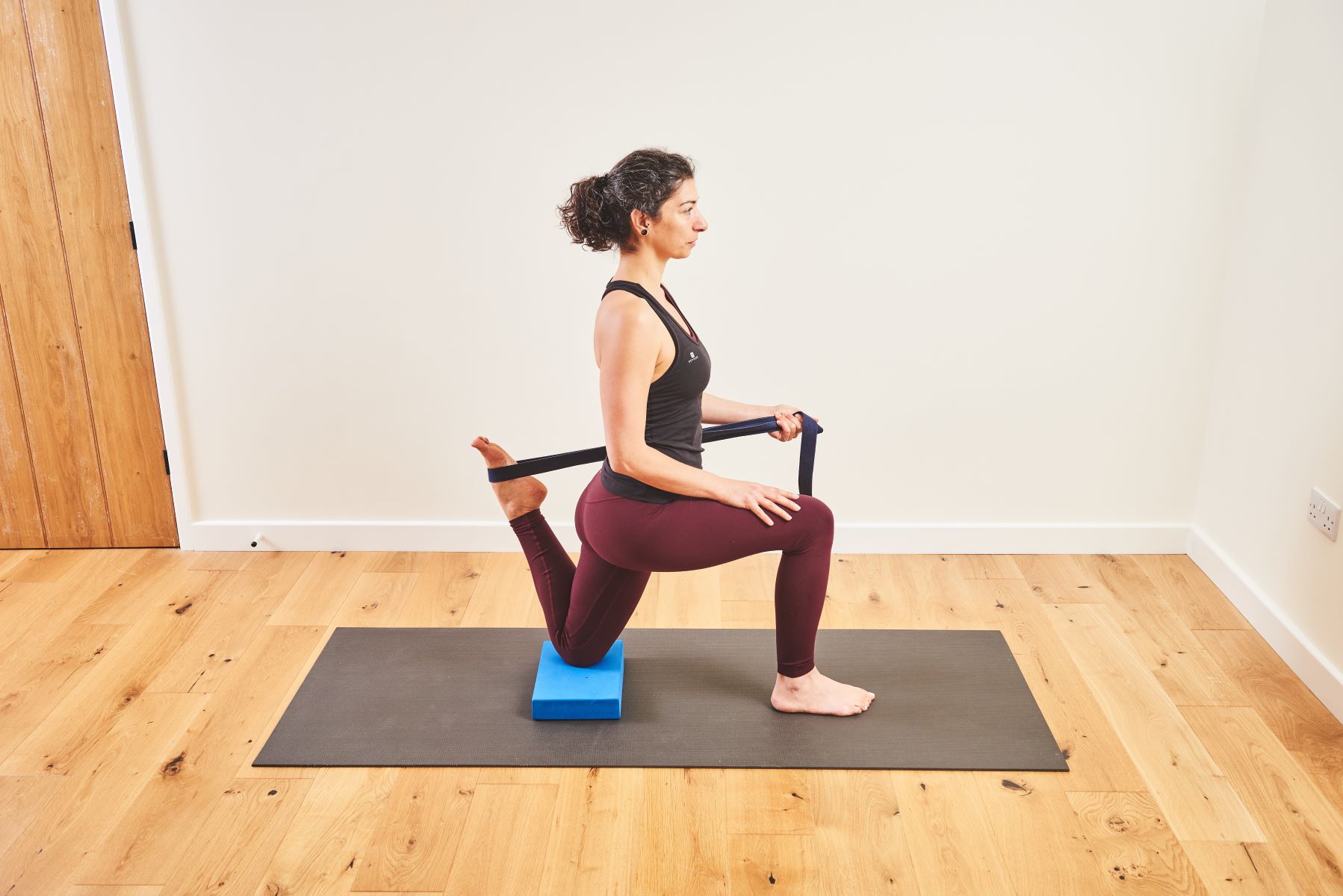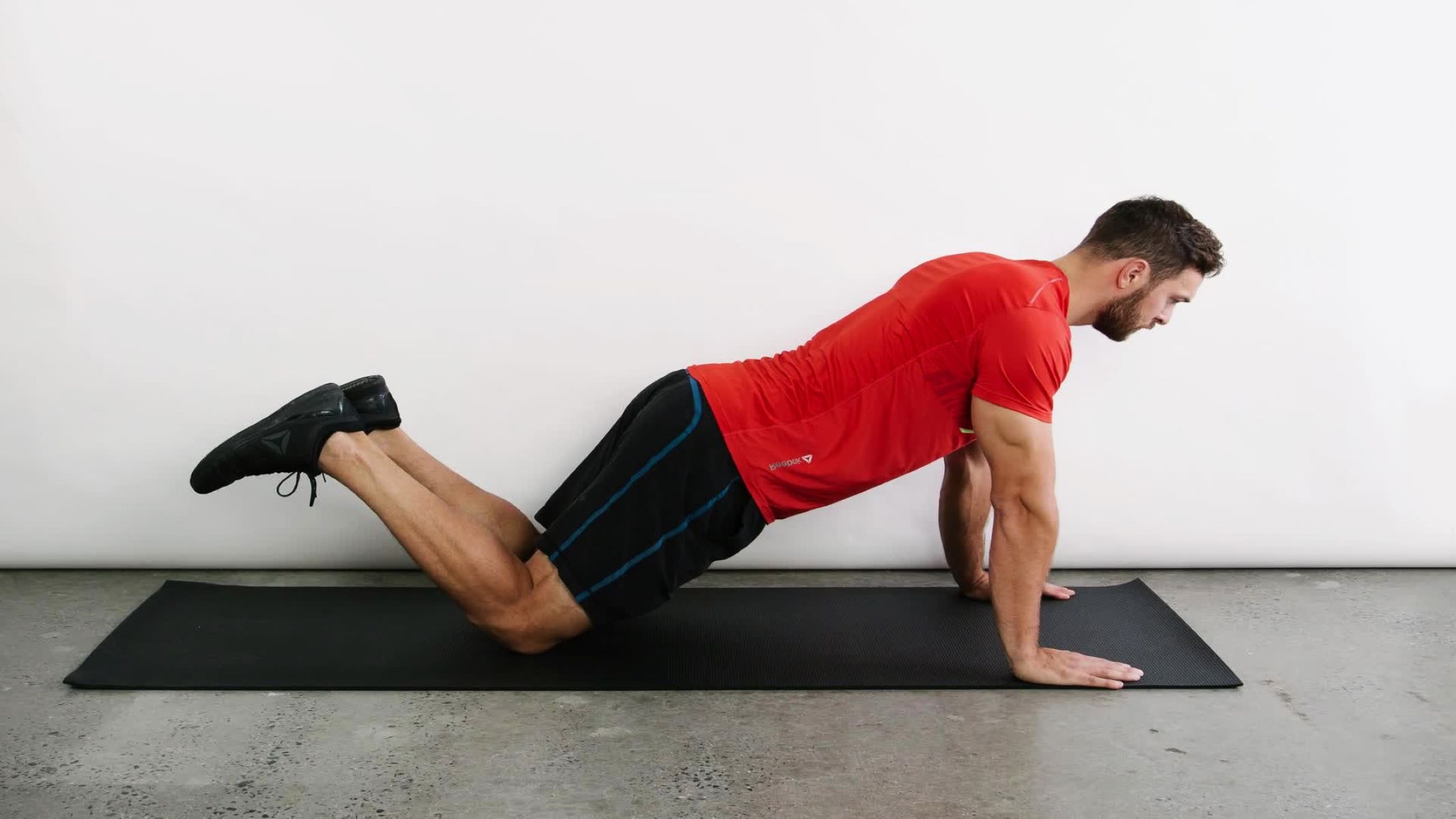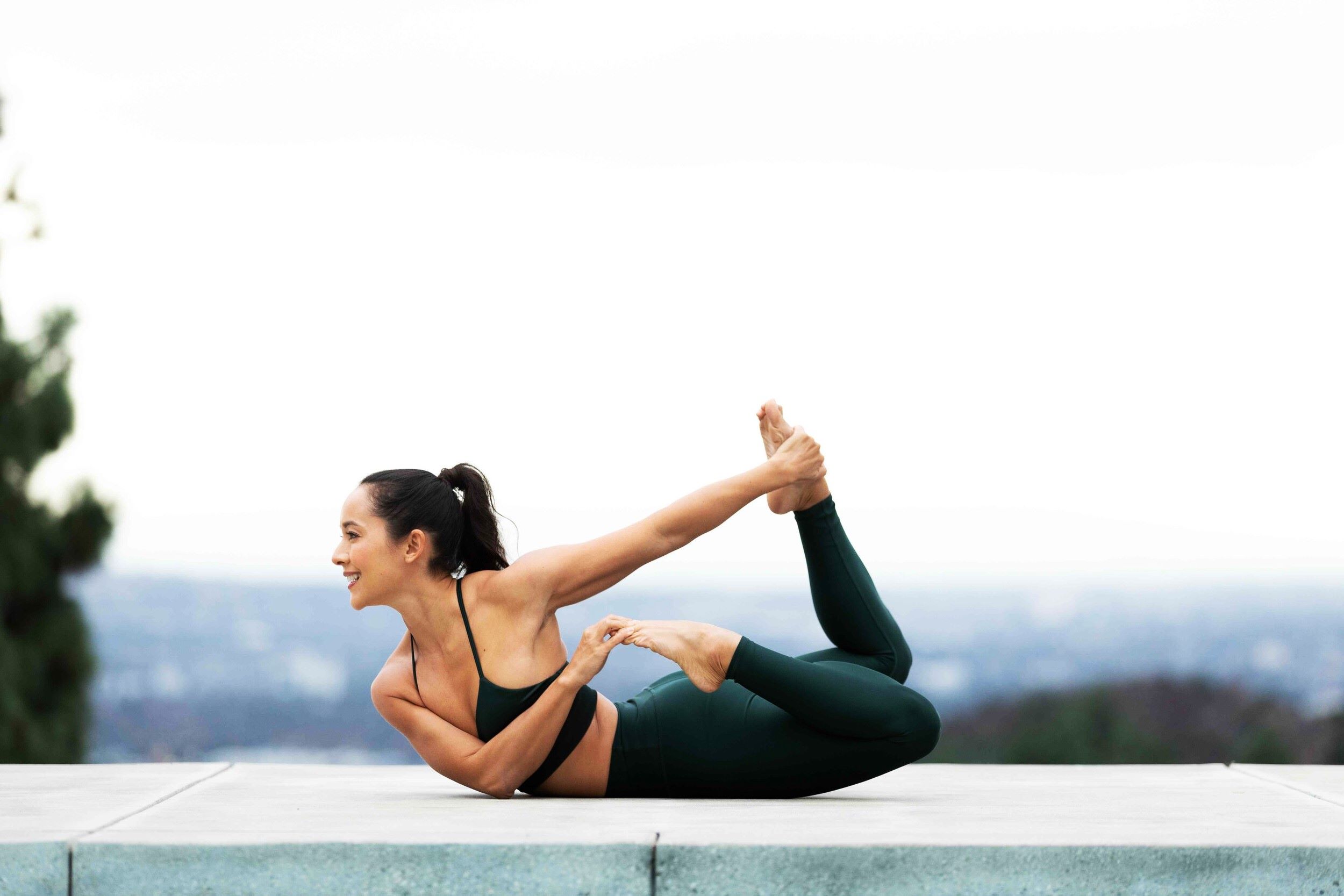Home>Training & Techniques>Building Up Your Base Fitness In 3 Simple Steps


Training & Techniques
Building Up Your Base Fitness In 3 Simple Steps
Published: March 6, 2024
Achieve your fitness goals with our expert training and techniques. Learn how to build a strong base fitness in just 3 simple steps. Start your journey today!
(Many of the links in this article redirect to a specific reviewed product. Your purchase of these products through affiliate links helps to generate commission for Therunningadvisor.com, at no extra cost. Learn more)
Table of Contents
Understanding the Importance of Base Fitness
Base fitness forms the foundation of your overall physical well-being. It sets the stage for your fitness journey, providing the strength and endurance necessary to tackle more advanced workouts and activities. Think of it as the solid groundwork upon which you can build your fitness goals and aspirations.
Base fitness encompasses various aspects of physical health, including cardiovascular endurance, muscular strength, flexibility, and overall stamina. By establishing a solid base, you prepare your body to handle the demands of more intense workouts and activities, reducing the risk of injury and enhancing performance.
Moreover, base fitness serves as a crucial starting point for individuals who are new to exercise or returning after a period of inactivity. It allows the body to adapt gradually to increased physical demands, preventing overexertion and promoting a sustainable approach to fitness.
In essence, base fitness is not just about reaching a certain level of strength or endurance; it's about laying the groundwork for a sustainable and balanced approach to physical well-being. It's the platform from which you can progress and evolve, setting the stage for long-term health and vitality.
Understanding the importance of base fitness empowers individuals to approach their fitness journey with a sense of purpose and direction. It provides a clear understanding of the foundational elements that contribute to overall physical well-being, fostering a mindset of gradual progression and sustainable growth.
By recognizing the significance of base fitness, individuals can approach their fitness goals with a balanced perspective, focusing on gradual improvement and long-term sustainability. This understanding serves as a guiding principle, shaping the way individuals approach their workouts, training regimens, and overall approach to physical activity.
In summary, base fitness forms the cornerstone of a holistic approach to physical well-being, laying the groundwork for sustainable progress and long-term health. By acknowledging its importance, individuals can embark on their fitness journey with clarity and purpose, setting the stage for a fulfilling and enduring commitment to their overall health and vitality.
Step 1: Setting Realistic Goals for Your Fitness Journey
Embarking on a fitness journey is an empowering endeavor, and setting realistic goals is the crucial first step toward long-term success. When establishing fitness objectives, it's essential to strike a balance between ambition and achievability. Unrealistic goals can lead to frustration and burnout, while overly modest goals may not provide the necessary motivation for sustained progress. Therefore, setting realistic and attainable goals is paramount to laying a solid foundation for your fitness journey.
To begin, it's important to assess your current fitness level and identify areas for improvement. This self-assessment provides valuable insights into your strengths and weaknesses, allowing you to tailor your goals to align with your personal capabilities. Whether you're aiming to improve cardiovascular endurance, build muscular strength, or enhance flexibility, understanding your starting point is fundamental to crafting realistic and effective fitness goals.
Once you have a clear understanding of your current fitness level, it's time to set specific, measurable, achievable, relevant, and time-bound (SMART) goals. Specificity ensures that your objectives are clearly defined, leaving no room for ambiguity. Measurability allows you to track your progress and celebrate milestones along the way. Achievability ensures that your goals are within reach, motivating you to strive for continuous improvement. Relevance ensures that your goals align with your overall fitness aspirations, while time-bound objectives provide a sense of urgency and accountability.
Moreover, it's beneficial to establish both short-term and long-term goals. Short-term goals allow for incremental progress, providing a sense of achievement and momentum as you work toward your larger aspirations. Long-term goals, on the other hand, provide a broader vision for your fitness journey, guiding your efforts and shaping your overall approach to physical well-being.
In setting realistic fitness goals, it's important to consider the principle of gradual progression. While ambition is admirable, it's essential to recognize that sustainable fitness results are achieved through consistent effort over time. By setting realistic goals that reflect your current abilities and allowing for gradual improvement, you create a framework for sustainable progress and long-term success.
In essence, setting realistic goals for your fitness journey involves a thoughtful and introspective approach. It requires a balance of ambition and pragmatism, aligning your aspirations with your current capabilities while allowing room for growth and development. By embracing this mindset, you lay the groundwork for a purposeful and sustainable fitness journey, setting the stage for meaningful and enduring progress.
Step 2: Incorporating Cardiovascular and Strength Training into Your Routine
Incorporating both cardiovascular and strength training into your fitness routine is essential for achieving a well-rounded and balanced approach to physical fitness. These two forms of exercise complement each other, targeting different aspects of physical health and contributing to overall strength, endurance, and vitality.
Cardiovascular training, also known as aerobic exercise, focuses on improving the body's ability to utilize oxygen efficiently, thereby enhancing cardiovascular endurance. Activities such as running, cycling, swimming, and brisk walking elevate the heart rate, stimulating the circulatory system and promoting the efficient delivery of oxygen to the muscles. This form of exercise not only strengthens the heart and lungs but also contributes to calorie expenditure, making it an effective component of any fitness regimen aimed at weight management and overall health.
On the other hand, strength training, also referred to as resistance training, involves activities designed to improve muscular strength, endurance, and power. This type of exercise encompasses a wide range of activities, including weightlifting, bodyweight exercises, and resistance band workouts. By challenging the muscles through resistance, strength training promotes the development of lean muscle mass, enhances bone density, and improves overall functional strength.
Integrating both cardiovascular and strength training into your routine offers a multitude of benefits. Cardiovascular exercise enhances the efficiency of the heart and lungs, improving overall endurance and stamina. It also contributes to the reduction of body fat, supports weight management, and plays a crucial role in maintaining cardiovascular health.
On the other hand, strength training provides numerous advantages, including the development of lean muscle mass, improved metabolic function, and enhanced muscular strength and endurance. Additionally, strength training supports joint health, enhances bone density, and contributes to overall functional fitness, enabling individuals to perform daily activities with ease and efficiency.
To incorporate these two forms of exercise into your routine, it's important to strike a balance that aligns with your fitness goals and personal preferences. This may involve alternating between cardiovascular and strength training sessions throughout the week, or integrating hybrid workouts that combine elements of both disciplines. Additionally, seeking guidance from fitness professionals or certified trainers can provide valuable insights into structuring a well-rounded exercise program tailored to your individual needs and aspirations.
By integrating cardiovascular and strength training into your routine, you create a comprehensive approach to physical fitness that addresses multiple facets of health and well-being. This balanced combination of exercise not only enhances overall physical performance but also contributes to long-term vitality, supporting a sustainable and holistic approach to fitness and wellness.
Step 3: Consistency and Patience: The Key to Building Up Your Base Fitness
Consistency and patience are the cornerstones of building up your base fitness. While setting goals and incorporating diverse training methods are crucial, it is the unwavering commitment to consistency and the understanding of the virtue of patience that truly propel individuals toward sustainable progress and long-term success in their fitness journey.
Consistency involves the dedicated adherence to a regular exercise routine, ensuring that physical activity becomes an integral part of daily life. By committing to consistent workouts, individuals establish a rhythm that fosters habit formation and reinforces the foundation of their base fitness. This steadfast approach allows the body to adapt gradually to increased physical demands, promoting the development of endurance, strength, and overall physical resilience.
Moreover, consistency extends beyond the realm of exercise to encompass other aspects of health and wellness, including nutrition, hydration, and recovery. By maintaining a consistent and balanced diet, staying adequately hydrated, and prioritizing sufficient rest and recovery, individuals create a holistic framework that supports the growth and sustenance of their base fitness.
Patience, on the other hand, is the virtue that underpins sustainable progress in the realm of fitness. It involves understanding that meaningful results are not achieved overnight but are the product of persistent effort and dedication over time. Patience empowers individuals to embrace the journey of building up their base fitness, recognizing that each step forward, no matter how small, contributes to the larger tapestry of their overall well-being.
Furthermore, patience allows individuals to navigate the inevitable fluctuations and plateaus that accompany any fitness journey with resilience and determination. It instills a mindset of perseverance, encouraging individuals to stay the course even when immediate results may not be apparent. This steadfast resolve, rooted in patience, paves the way for enduring and transformative progress in building up base fitness.
In essence, consistency and patience work in tandem to fortify the foundation of base fitness, nurturing an environment where gradual improvement and sustainable growth can flourish. By embracing these principles, individuals cultivate a mindset of resilience, dedication, and perseverance, laying the groundwork for a fulfilling and enduring commitment to their overall health and vitality.
















